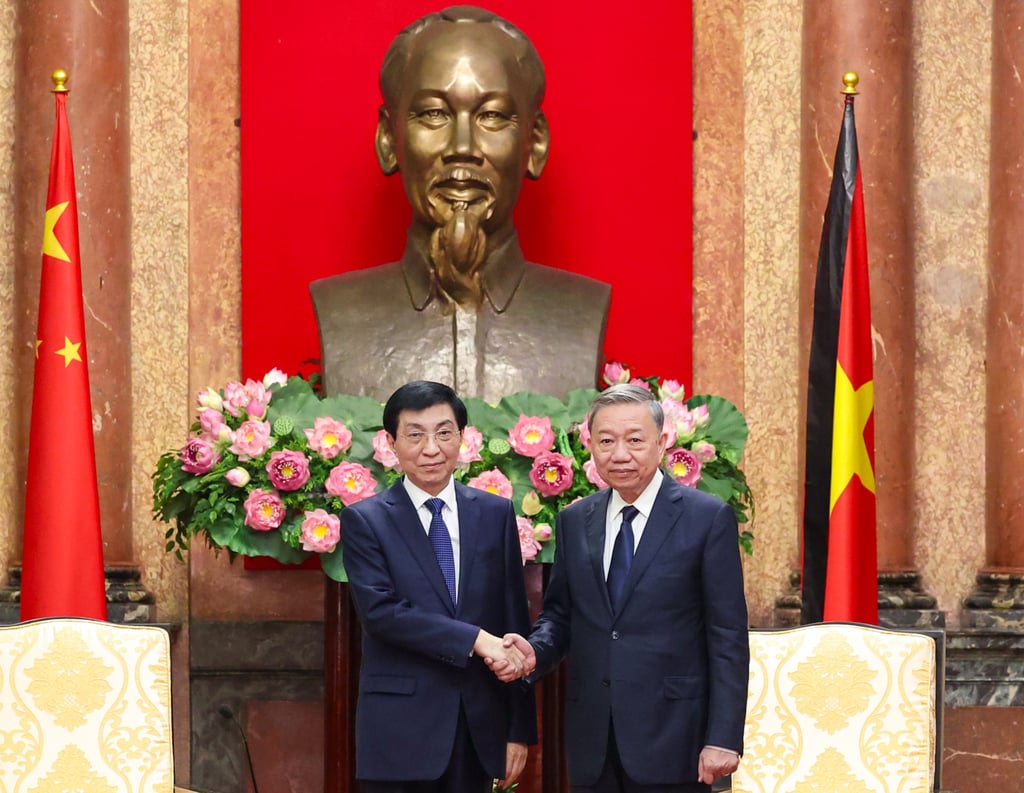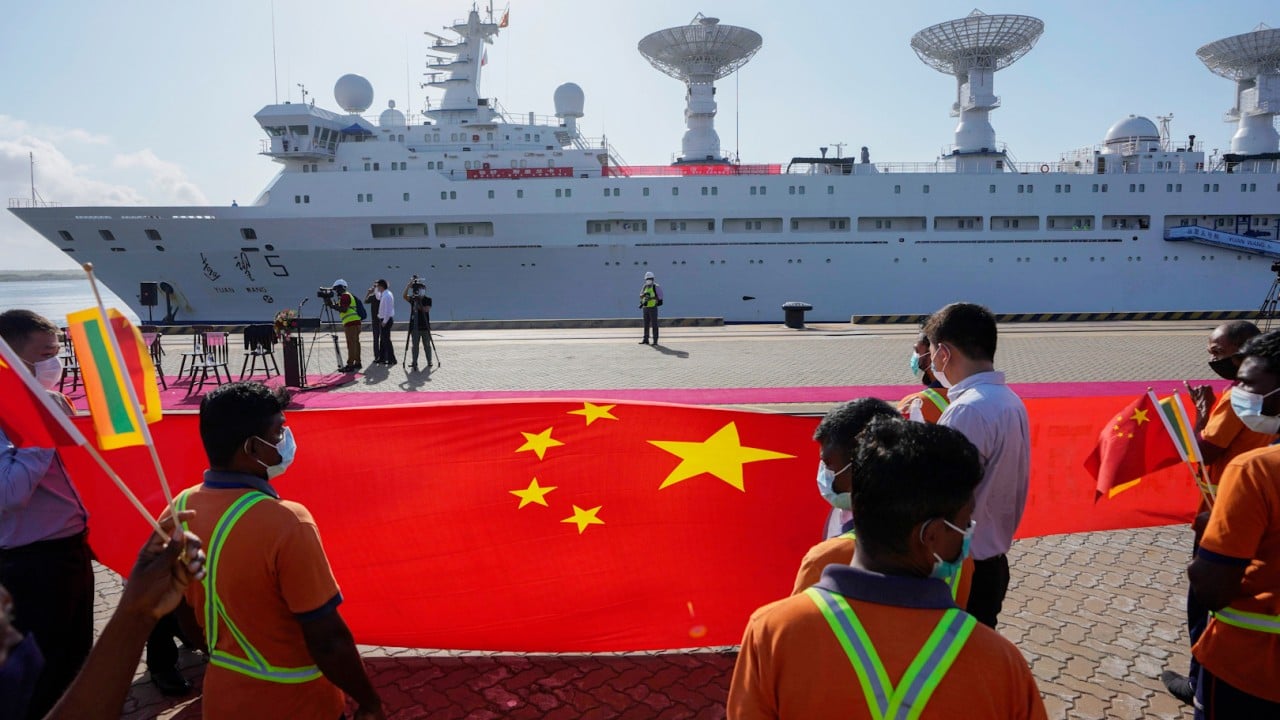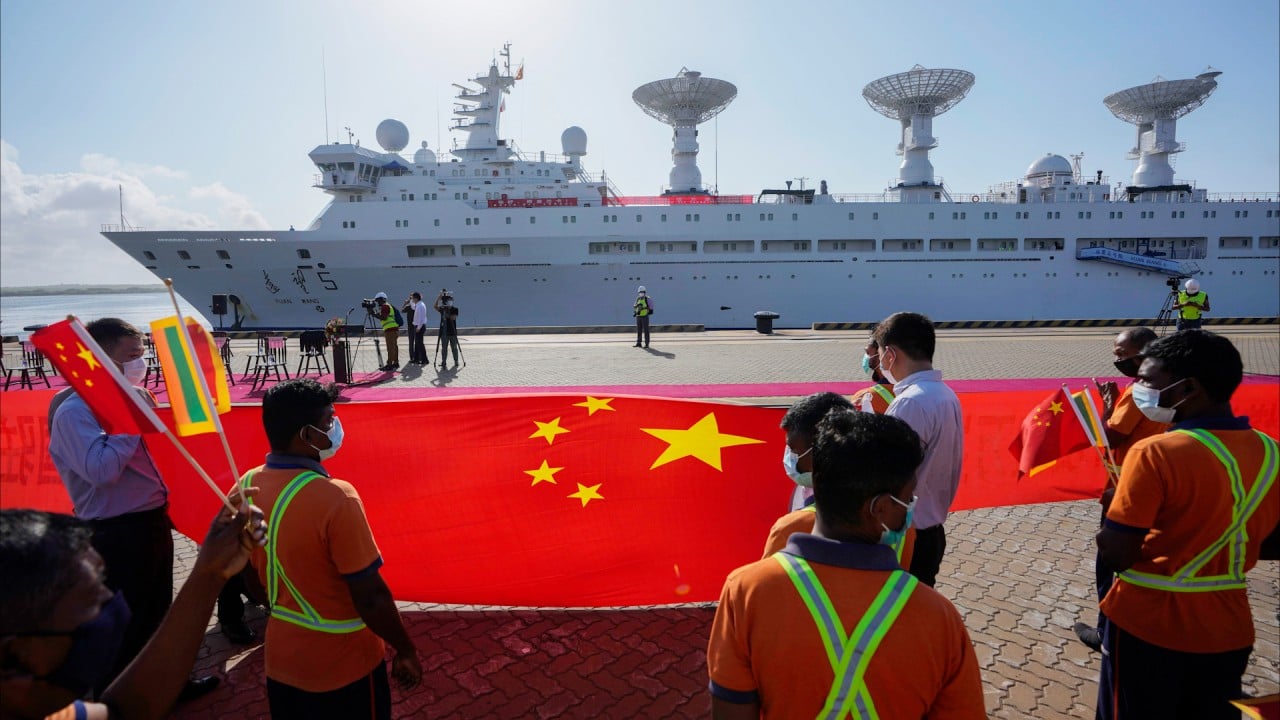Economic ties are expected to be high on the agenda of Vietnam’s Communist Party chief To Lam when he arrives in Beijing on Sunday, particularly when it comes to securing China’s support for his country’s rail projects, according to Chinese experts.
But one observer warned that the bond between the ruling communist parties – viewed by others as “unshakeable” – could have its limits, with the ongoing disputes in the South China Sea and their countries’ history of conflict.
Lam, who is also Vietnam’s president, will pay a three-day state visit at the invitation of his Chinese counterpart Xi Jinping, China’s foreign ministry announced on Thursday.
It will be Lam’s first overseas trip since he was named general secretary of the Communist Party of Vietnam, the country’s top post. He succeeded long-serving party head Nguyen Phu Trong, who died on July 19.
Cheng Hanping, a senior research fellow at Nanjing University’s Collaborative Innovation Centre of South China Sea Studies, said Lam’s visit was likely to show the “ballast” role of the relationship between the two ruling communist parties.
“No matter how the world changes or what contradictions there are between China and Vietnam, the party-to-party relationship between the two parties in China and Vietnam is ballast and unshakeable,” Cheng said.
Lam’s trip comes after weeks of simmering tensions and posturing between Hanoi and Beijing over their overlapping claims in the South China Sea. Vietnam has also continued to draw closer to the US and its allies – including Australia, the Philippines and Japan – in a move widely seen as like to raise China’s ire.
By making Beijing his priority destination, Lam is also following in his predecessor’s path. During his 13 years as party chief, Trong maintained frequent high-level exchanges with the Chinese leadership.
One week after the Chinese Communist Party’s landmark 20th congress in October 2022, Trong arrived in Beijing, on his first overseas trip since starting his third consecutive term.
The visit also made Trong the first foreign leader to meet Xi and congratulate him in person after the confirmation of his historic third term as China’s party chief.
Xi made a reciprocal visit to Hanoi in December 2023, when the two sides agreed to step up their cooperation and build a community with a “shared future”.
According to Cheng, the two sides will be seeking to further build on their economic compatibility and party-to-party solidarity to strengthen bilateral ties during Lam’s visit.
“There is a need [for the two sides] to jointly deal with ‘peaceful evolution’ and ‘colour revolutions’ from the outside world,” he said.
Experts agreed that Lam would be seeking to bolster Vietnam’s economy through closer cooperation with China to solidify his political standing at home, after a period of leadership turmoil.
The political shake-up included the removals of the previous Vietnamese president and the chairman of the National Assembly, after they were accused of alleged links to corruption cases.
The observers said that Lam’s goals would include increasing Chinese investment and expanding trade volumes, as well as strengthening digital economy ties and working together on various supply chain issues.
Hanoi is also looking for Chinese investments and technological support to advance its national and cross-border rail projects.
Not only would cross-border rail bolster Vietnam’s connectivity with China, it would also integrate the Southeast Asian nation with the China-Europe Railway Express, a network of freight services that links various European countries, according to Cheng.
China has long been Vietnam’s largest trading partner and one of its major foreign investors, while Vietnam is China’s largest trading partner within the Association of Southeast Asian Nations, and its fourth-largest in the world.
Zhou Chao, a researcher with the Beijing-based independent think tank Anbound, said Lam may also be looking for an increase in Chinese imports of Vietnamese fruit, as well as stable electricity exports from China.
The latter would help Hanoi to overcome a power shortage that has been affecting local businesses and foreign manufacturers, particularly in Vietnam’s northern region.
“Deeper economic and trade relations undoubtedly signal a strengthening and optimisation of bilateral ties,” Zhou said but he added that there was a limit in the relationship between the two neighbours.
Since taking up the presidential office in May, Lam has reiterated to visiting Chinese officials that Hanoi gives “top priority” to its relationship with Beijing – most recently, when China’s No 4 official Wang Huning visited on July 25.

Wang, a member of the Politburo Standing Committee and chairman of the National Committee of the Chinese People’s Political Consultative Conference, was in Hanoi as Xi’s special representative at Trong’s funeral.
After his elevation to the party leadership, Lam said there would be no change to foreign policy, raising expectations that he would continue to strike a balance between Vietnam’s relations with China and the United States.
Zhou pointed out that there had been no sign of a softening in Hanoi’s stance on its territorial disputes with Beijing, adding that he expected Lam to remain tough on the issue.
“When it comes to the South China Sea, Vietnam’s stance will not change but it will seek to enhance communication with China or request that both sides reduce their related activities in disputed areas,” he said.
According to Zhou, Vietnam’s ruling elites could be looking for an external target to unite the public as the leaders seek to consolidate domestic support and tackle internal challenges, such as rampant corruption and economic setbacks.
China would be an “ideal” choice as a potential target, given the 1979 Sino-Vietnamese war and the ongoing frictions in the South China Sea, he said.



